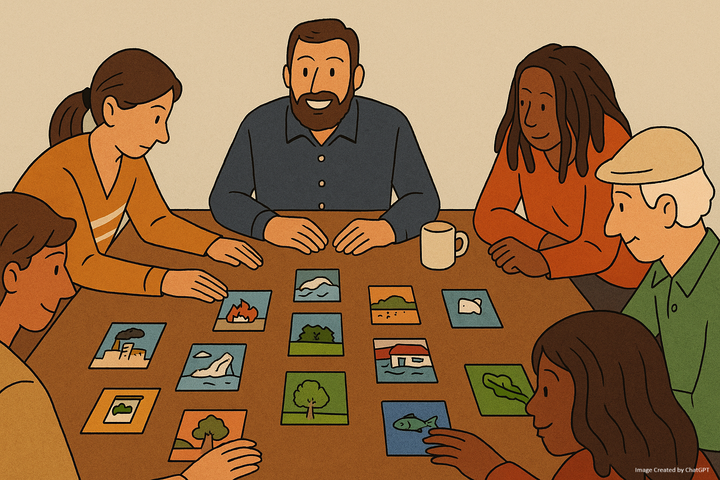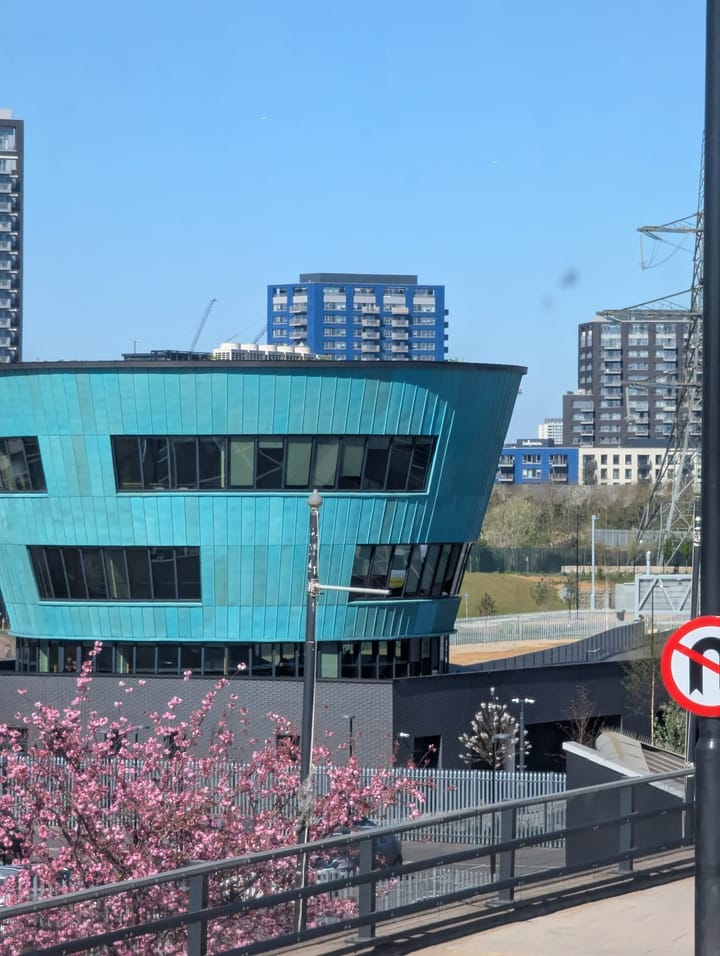A journey of eco-friendly house renovation: Part 1
So you've moved into a 1930’s property and want to make it more environmentally friendly and energy-efficient. What's next? Andy Stevens tells his story.
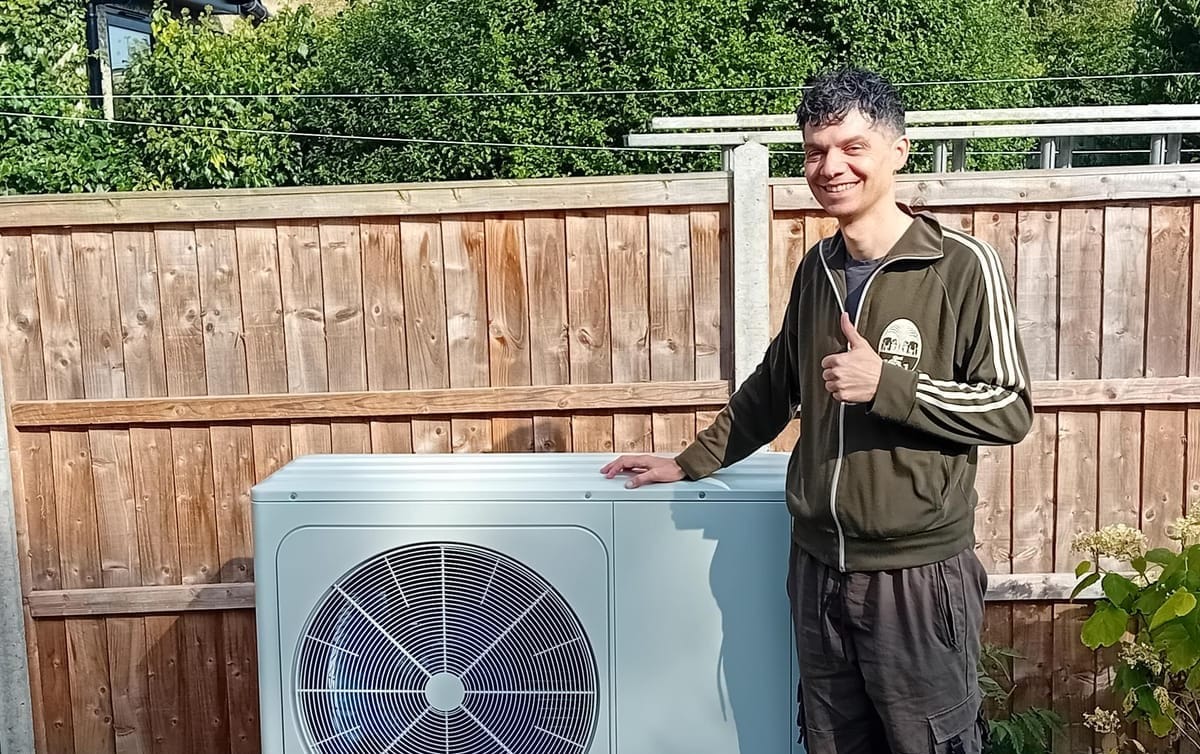
My partner and I moved in a 1930’s property in Hither Green, Lewisham with the intention of making it more environmentally friendly and energy-efficient. At first we were overwhelmed by all the possibilities and constraints, where to start and what has the greatest impact.
Decision Time
There is so much you can read and so many differing views. A massive range of options, alongside limited money, meant we needed to make some decisions. I could pretend we made our decisions based on the wealth of evidence and advice, but the reality is that - while we did some research - our priorities were influenced by the need to address some pressing issues.
Firstly the roof was leaking and needed replacing, the boiler was chugging along but well past its prime, and it was clear that there was some problem with the electrics.
We then had to decide on the sequencing and as we explored the work, we realised the jobs were interlinked. It seemed logical that if the roof was being replaced, this was an ideal time to install solar panels, insulate the loft and make better use of that space.
We still had a water tank in the loft, so before any loft work could be done that needed to be moved, so that made the initial decision on the first major task – change the heating system.
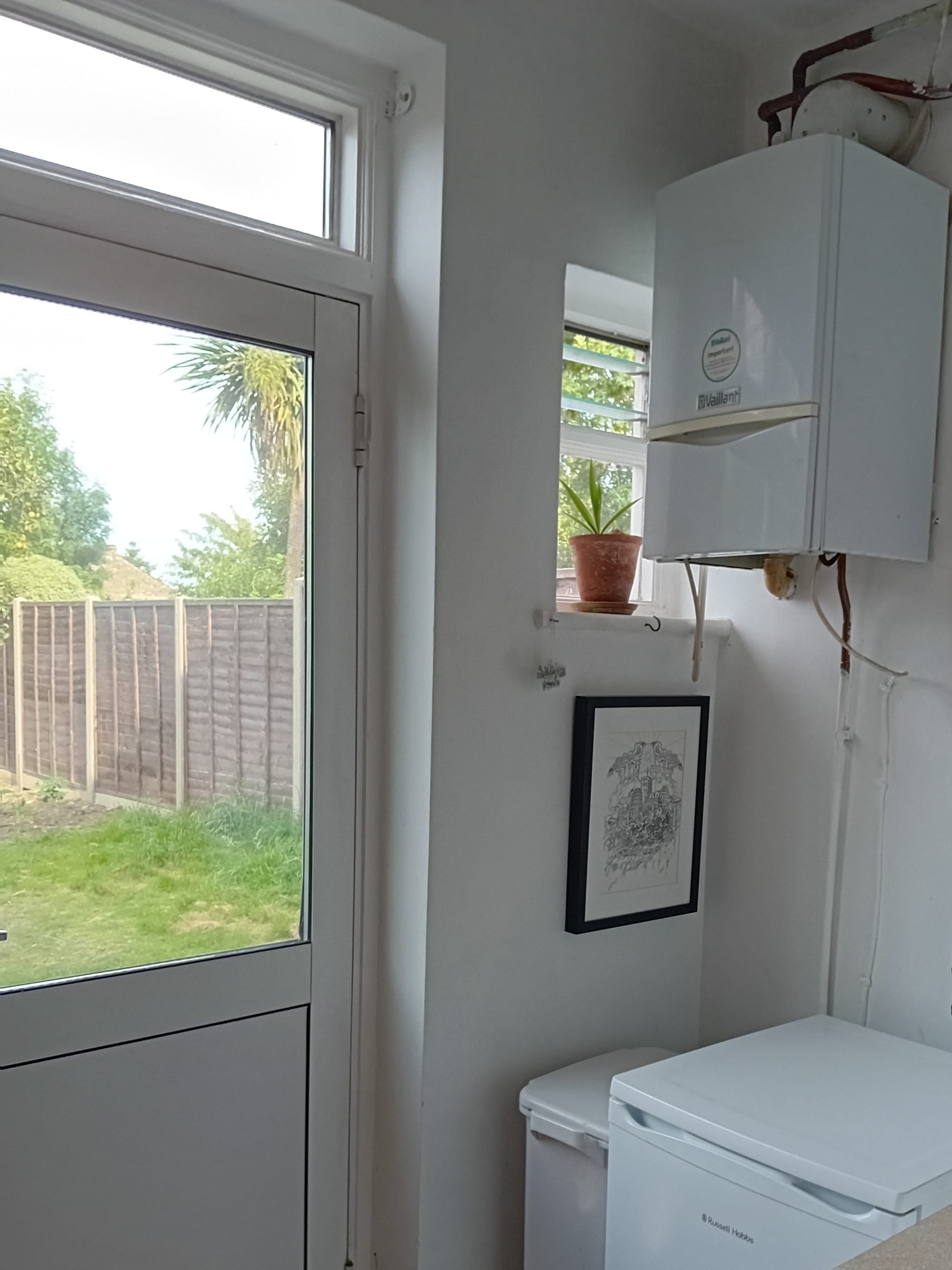
Choosing a Heating System: Gas vs. Electric
So our options were a combi gas boiler or an electric heat pump. The main factor was us wanting to minimise our carbon footprint and be as self sufficient via renewable energy as possible, so it was a clear choice to go with a heat pump.
To ensure the heat pump could efficiently warm the home, the existing radiators needed upgrading. This provided an opportunity to rearrange, replace, and add radiators to optimise heating.
There were other decisions too, such as where to store the tanks, luckily as we already had a hot water tank cupboard which was a generous size we could repurpose that. Also we have a good sized garden so could put the heat pump alongside the fence.
Installation Challenges
Then came the installation. We expected it was going to be disruptive but it was more intrusive than anticipated. Every room underwent significant work, with floorboards lifted for new pipework and electrical cables. Though within a week the new heating system was up and running.
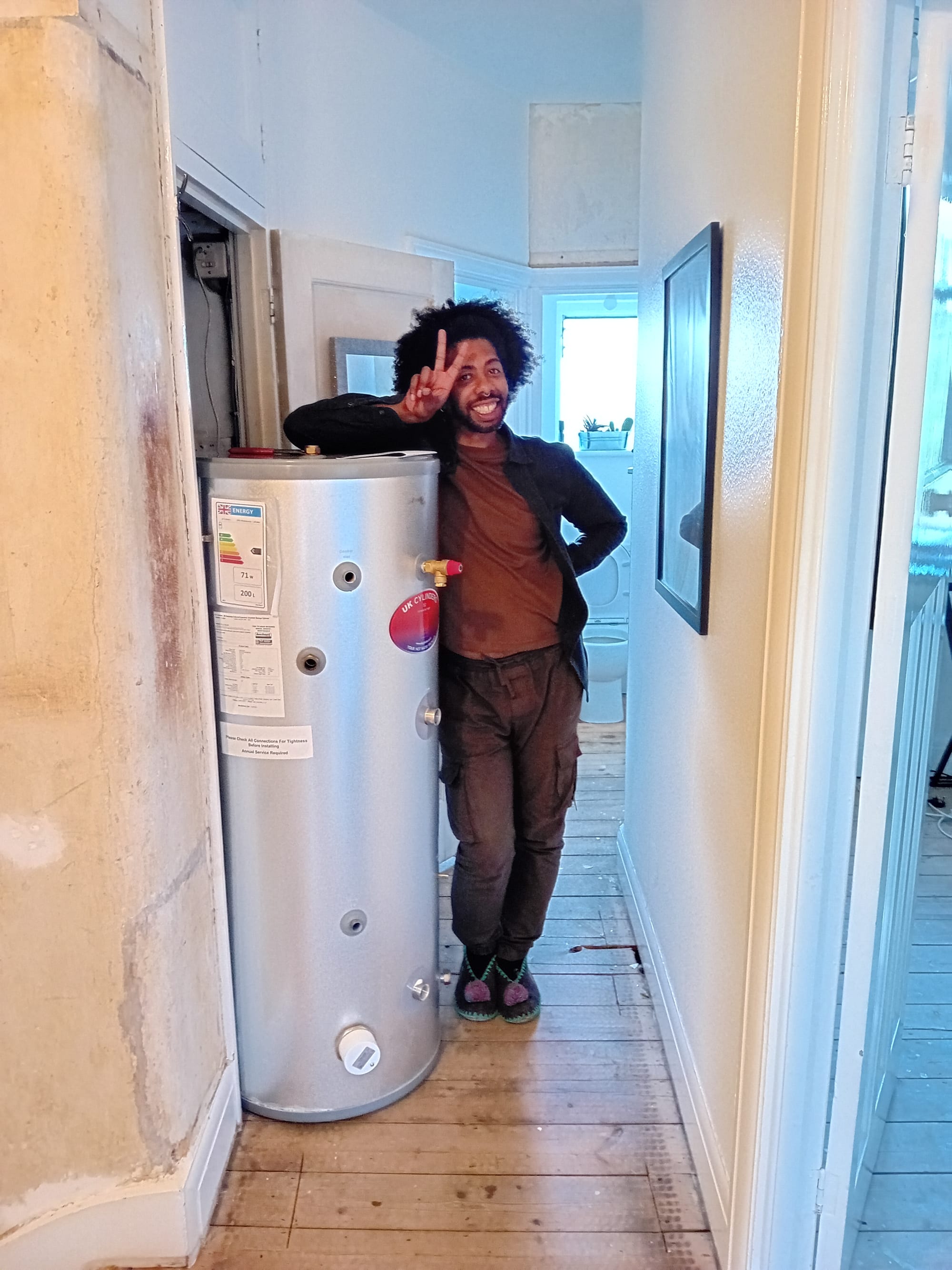
Adjusting to a New Heating System
And what about the new system in use? We found that it does take some behavioural adjustment. Unlike traditional systems, quick temperature changes weren't feasible so there is no feeling cold and quickly cranking up the heat. Instead, we found that keeping the heating on for longer periods at lower temperatures provided consistent warmth, preventing the house from feeling cold.
Financial Impact and Benefits
As for the cost? The current government grant of £7,500 means that the installation cost is significantly reduced, bringing our expense including all new radiators to around £4,000 – comparable to a gas boiler installation.
So far, running costs have remained similar to gas heating, with the added bonus that we’ve been able to disconnect our gas supply saving us around £12 monthly on standing charges.
Next Steps
With the new heating system installed, we could turn our attention to the roof, solar panels and electrical upgrades …
Part 2 of Andy's story of eco-friendly house renovation will be in Salamander News next week.

